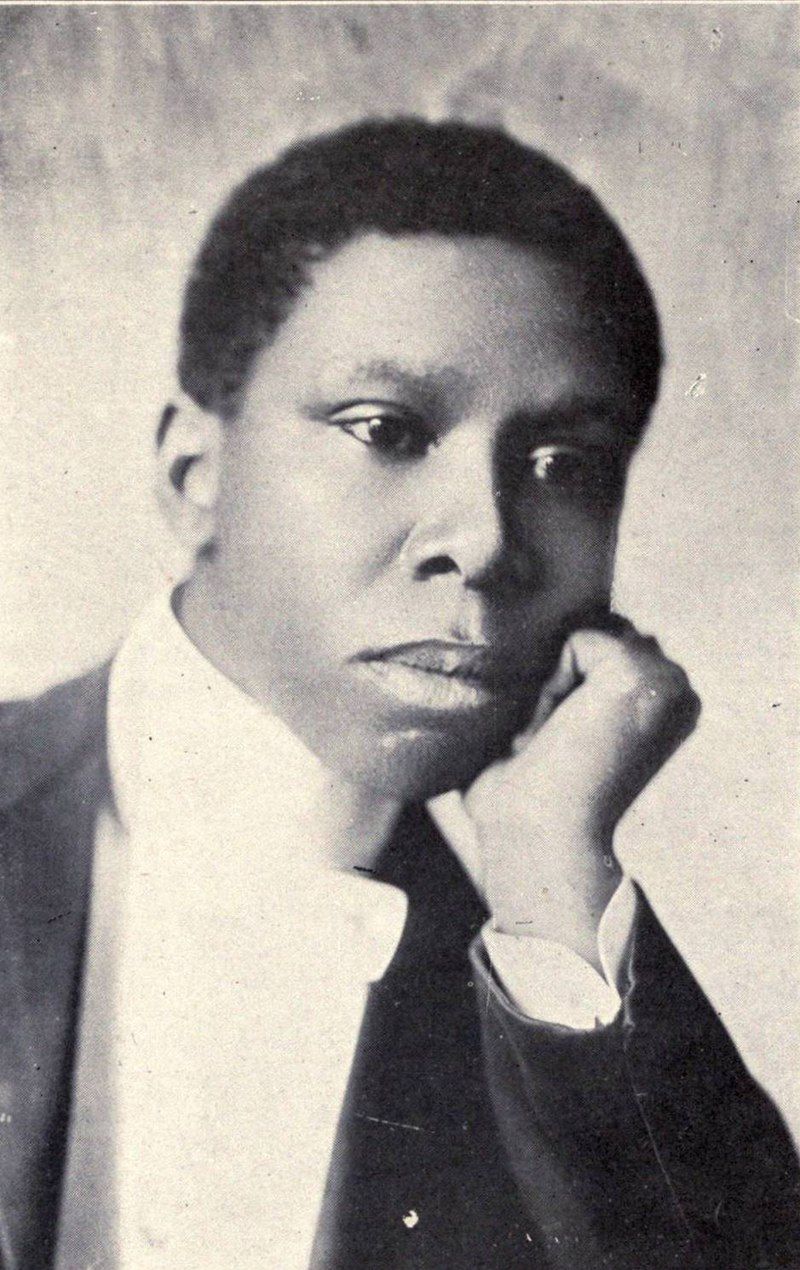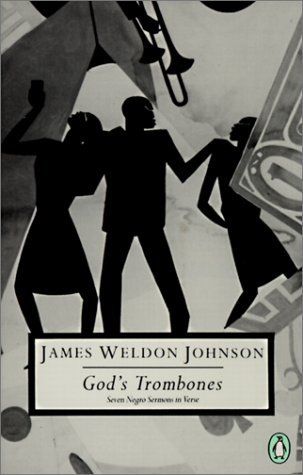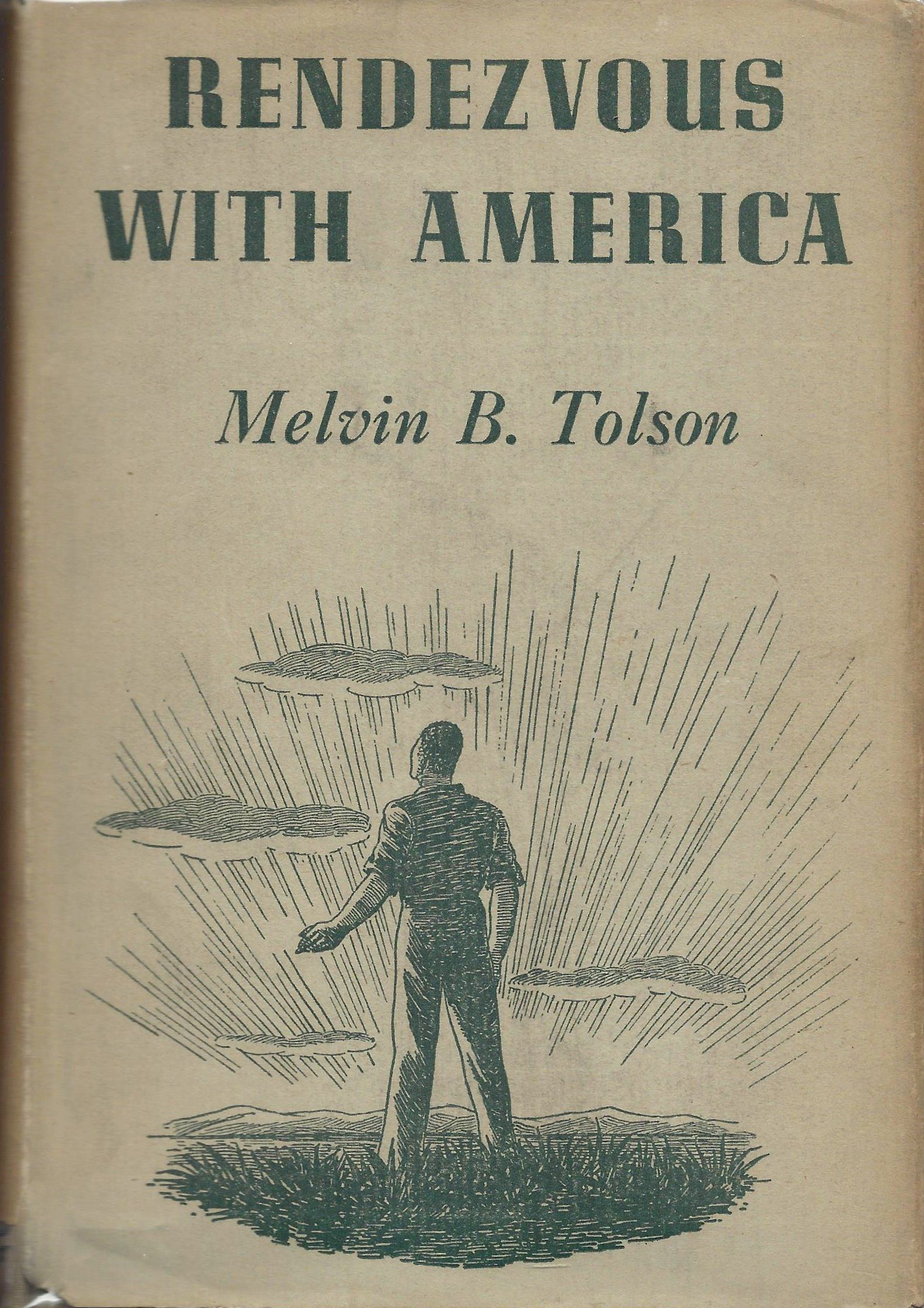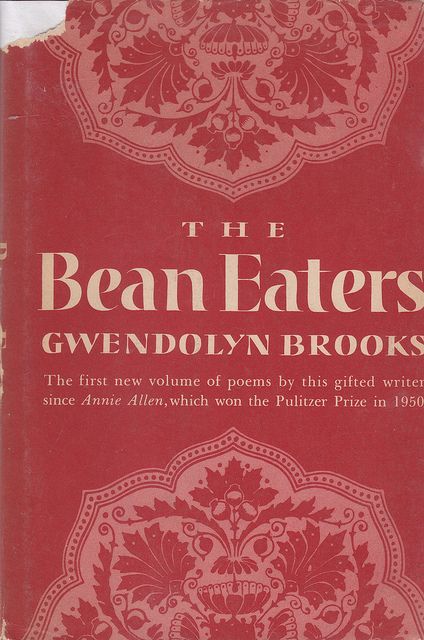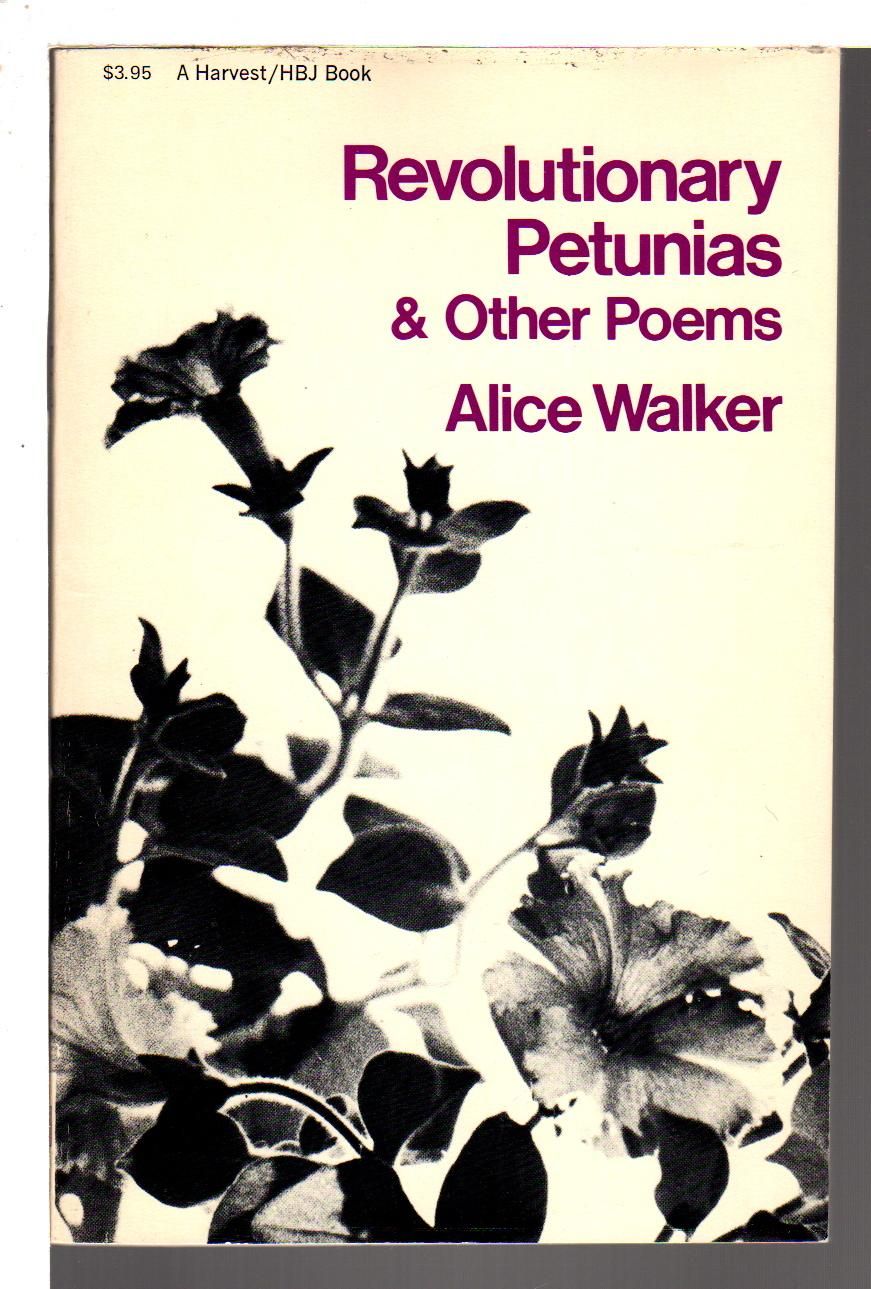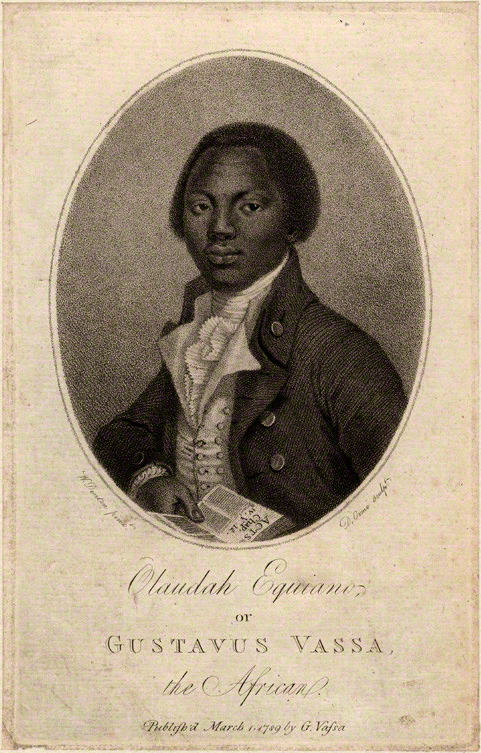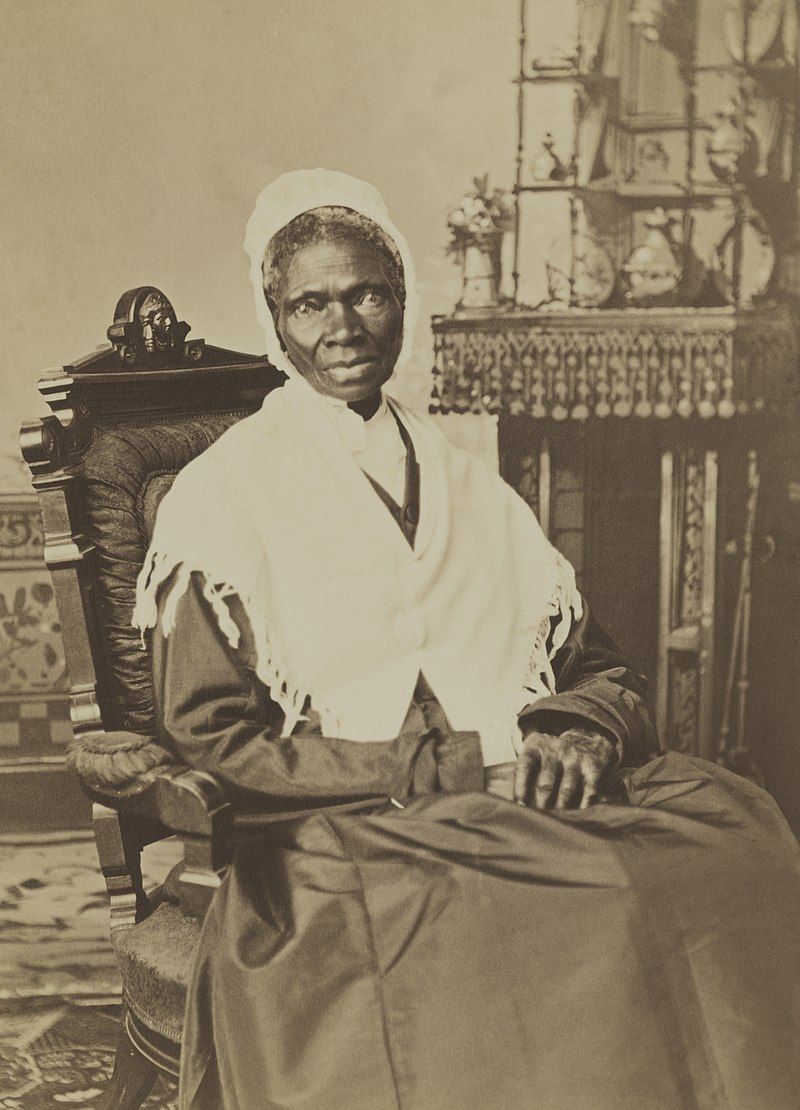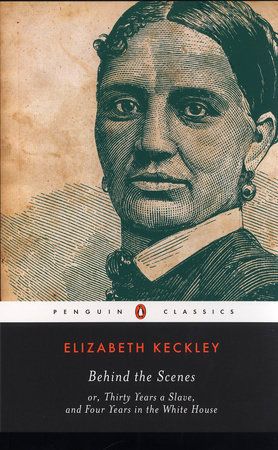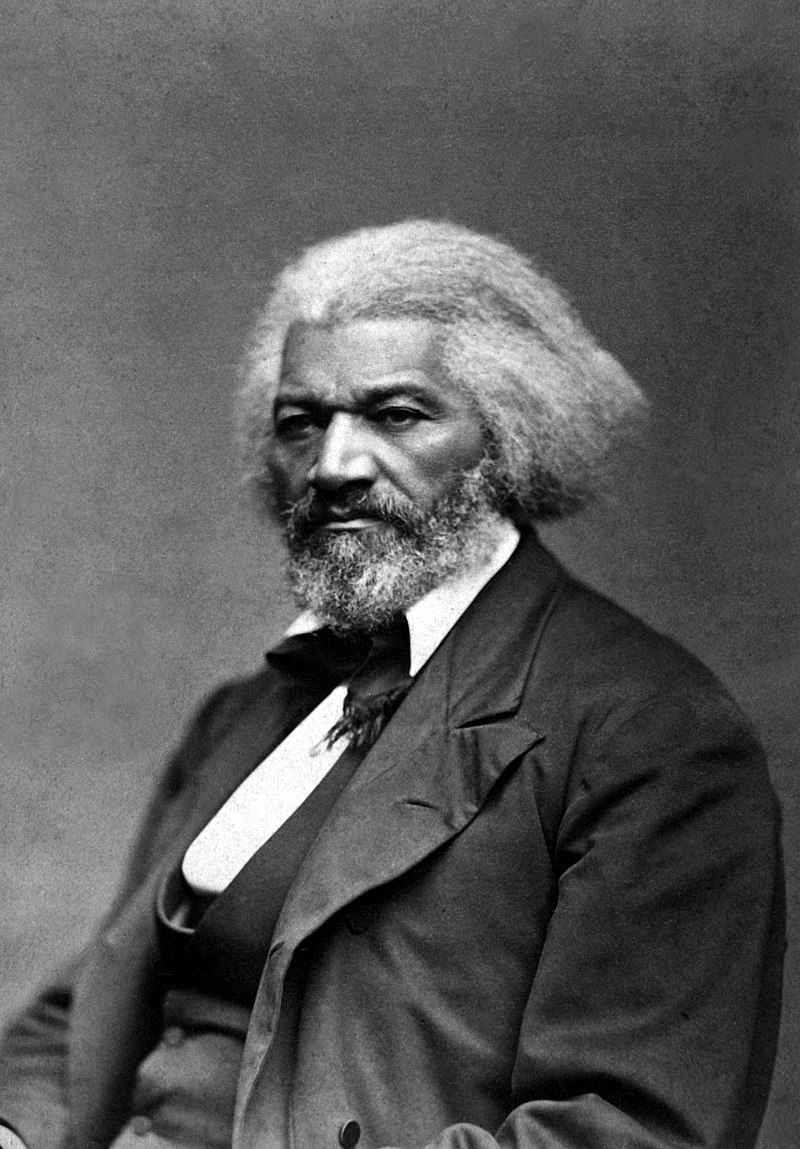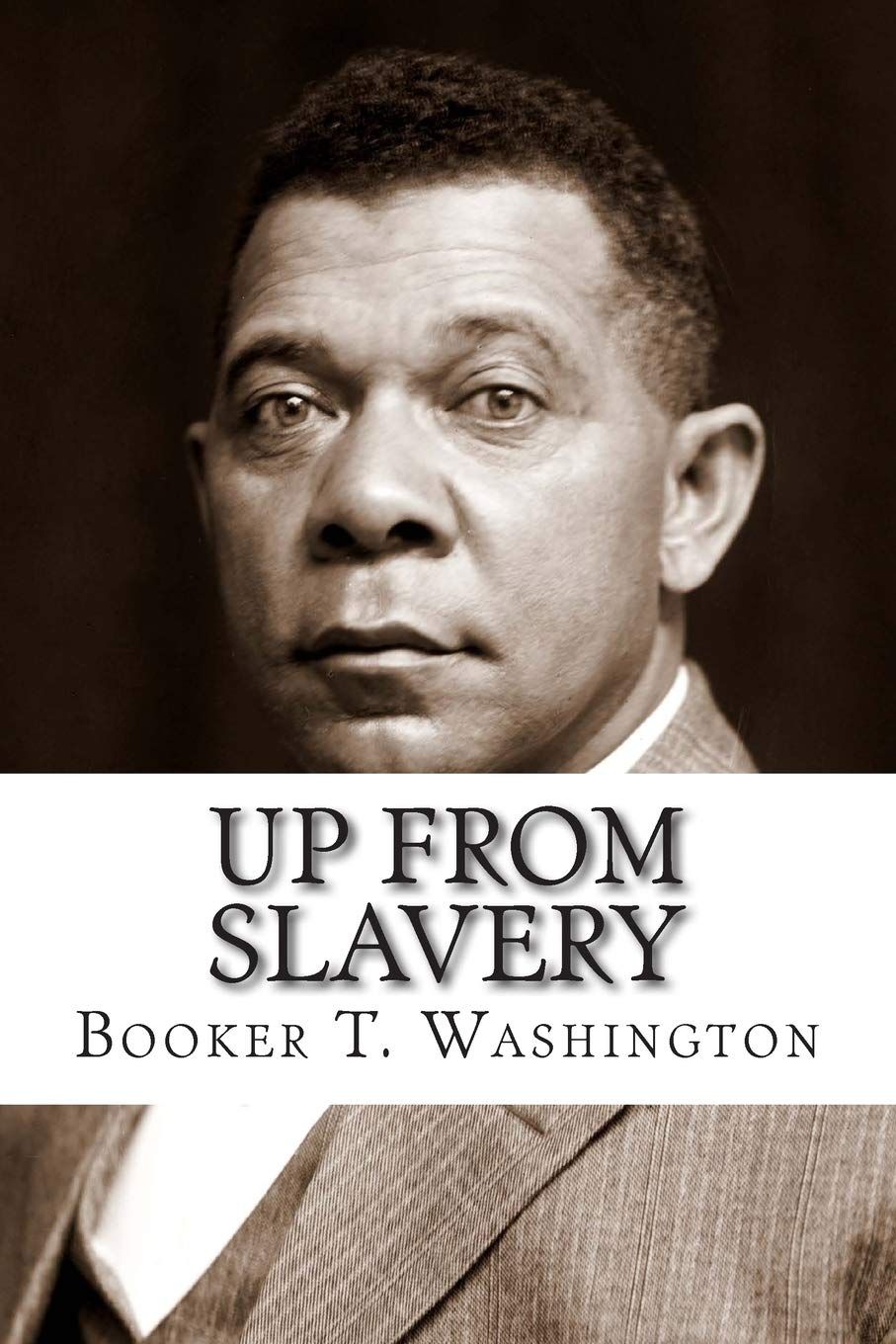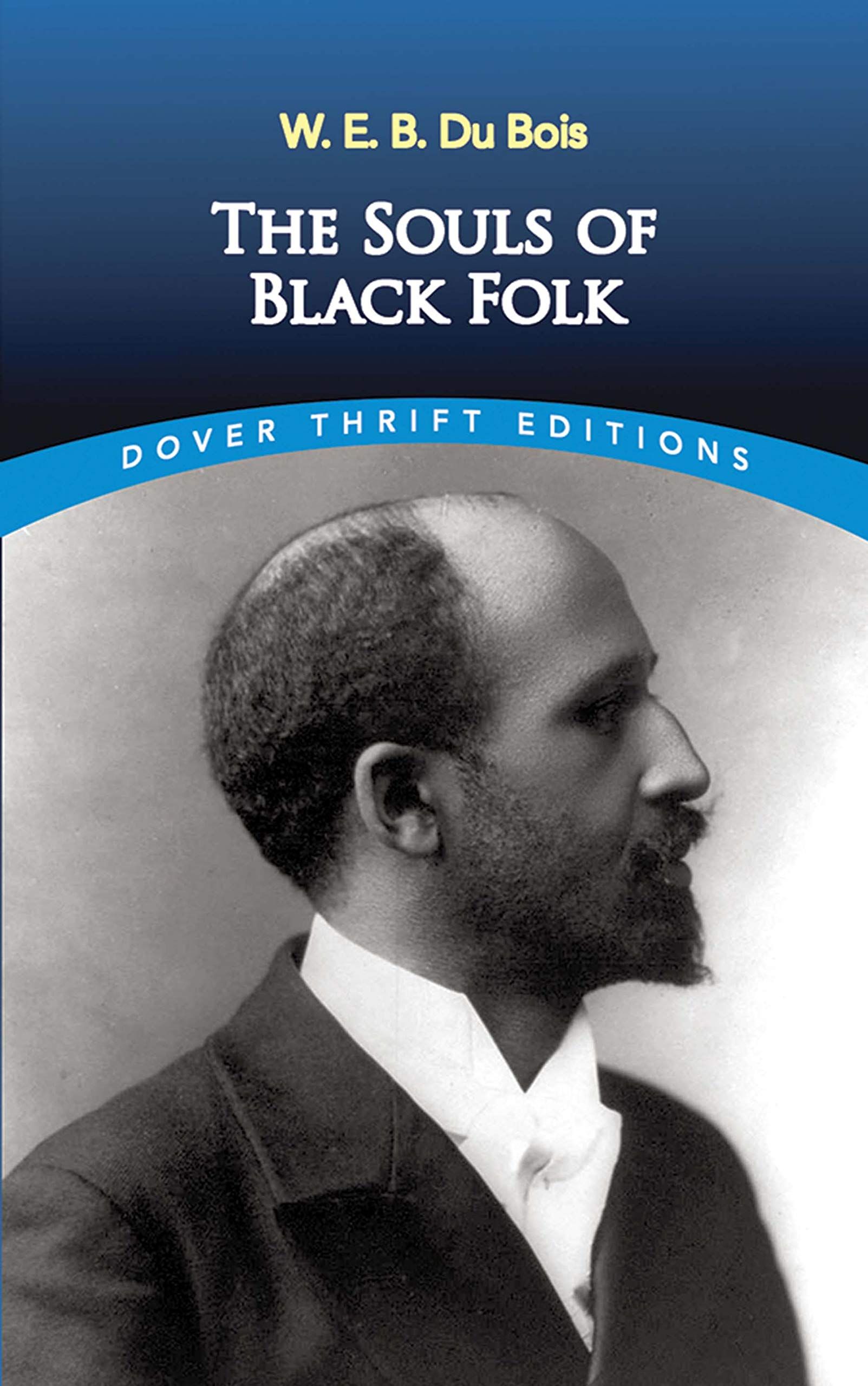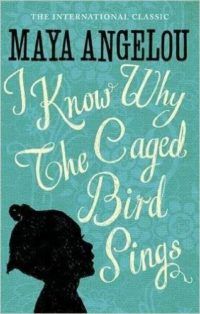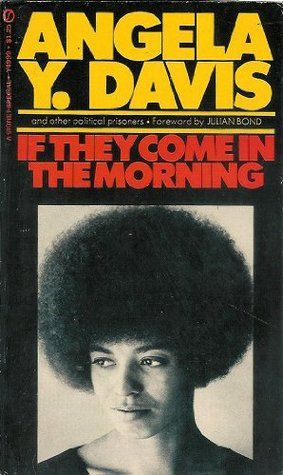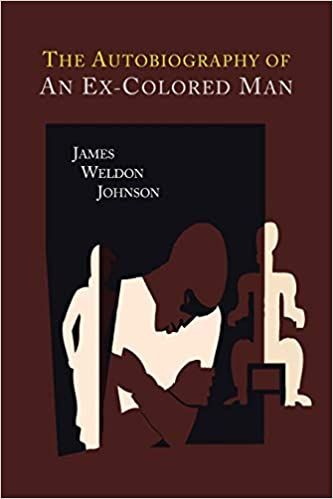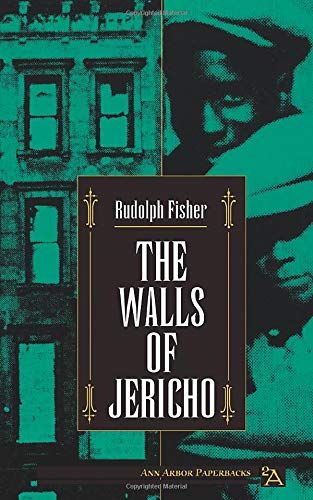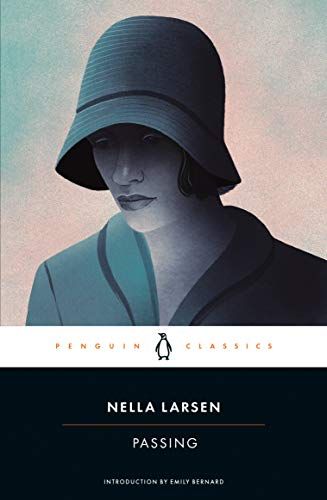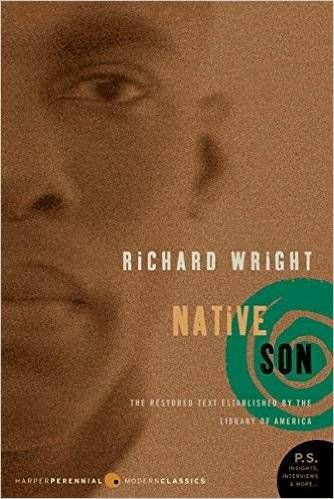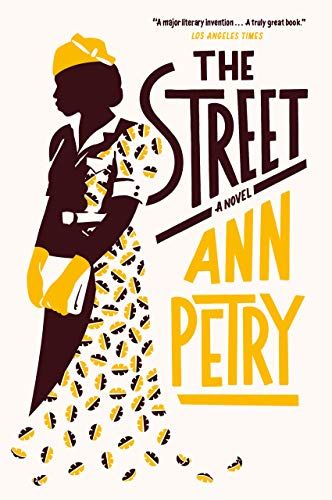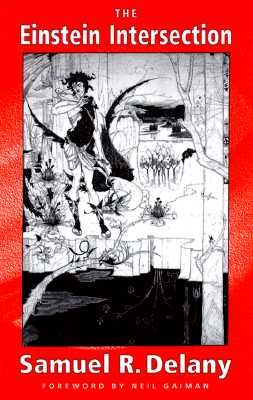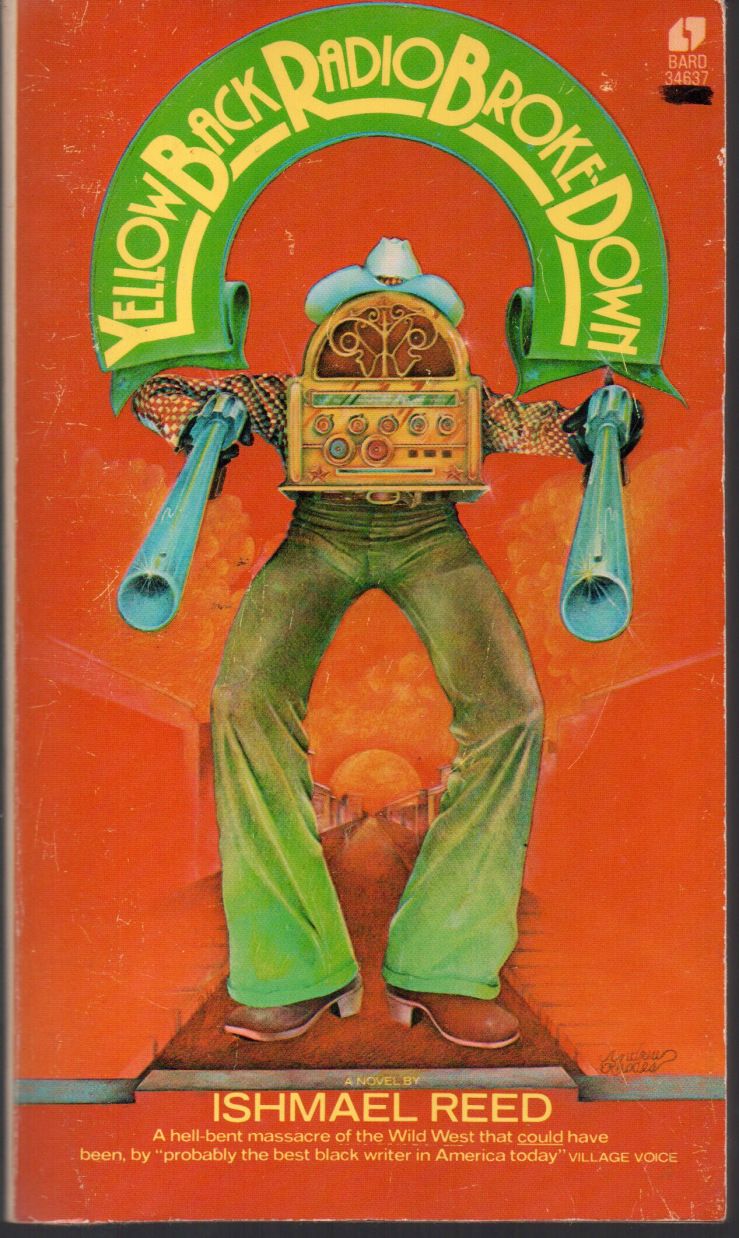This post contains affiliate links. When you buy through these links, Book Riot may earn a commission.
Discrimination on the basis of race is deeply entrenched in our social and political institutions. It has deprived, oppressed, and killed millions. It is a problem that we have been struggling to solve for centuries. Literature has always been an important means of organizing, sharing ideas, offering support and spreading awareness in this battle. The history of African American antiracist literature is testimony to the malleability of literary expression as it molds itself in the hands of talented writers to offer consistent resistance against the changing face of racial oppression: from slavery in the antebellum era, to segregation, and to the more covert ostracization and discrimination of later times. Here we try to trace the progression of antiracist literature in the two centuries between the 1770s and the 1970s. This exploration is by no means exhaustive, but it would acquaint you with some courageous writers and give you a sense of how the institutions of today came to be, and the place of literature in this evolution.
Poetry
In the 1960s, Langston Hughes wrote an essay on the history of African American poetry. In this essay, he talks about the inextricability of the question of racism from African American poetry and quotes another celebrated poet on the subject:
… poets who happen also to be African Americans are twice-tried. They have to write poetry, and they have to remember that they are African Americans. Often they wish that they could solve the African American question once and for all, and go on from such success to the composition of textured sonnets or buoyant villanelles without the transience of a raindrop, or the gold-stuff of the sun. They are likely to find significances in those subjects not instantly obvious to their fairer fellows. The raindrop may seem to them to represent racial tears — and those might seem, indeed, other than transient. The golden sun might remind them that they are burning.
Gwendolyn Brooks (paraphrased)
The first African American book was a collection of poems by Phillis Wheatley published in 1773, and since then the aspirations, experiences, and grievances of a people subject to the horrors of a racist society have found expression through poetry. Here is a list of some major African American works of poetry to help you chart the evolution of antiracism in poetry.
The Hope of Liberty by George Moses Horton, 1829
Born into slavery on a plantation in North Carolina, George Moses Horton taught himself to read and composed poetry in his mind. He sold poems to students at the University of North Carolina in Chapel Hill for small sums. They also lent him books, and transcribed some of his poetry, as Horton had not yet learnt to write. In 1829, The Hope of Liberty, his first collection of poems was published. The poems in this collection had anti-slavery themes, making him one of the first poets to explicitly protest his slavery in his works. He had hoped to buy his freedom using proceeds from the sale of the book. However, it did not sell enough – the abolitionist themes did not prove to be popular. Horton had to continue to buy his time from his owner in order to write until 1865, when he was finally freed by the Emancipation Proclamation.
America and Other Poems by James M. Whitfield, 1853
James Monroe Whitfield was born in New Hampshire in 1822 to free African American parents. Due to the dearth of employment opportunities available to free African Americans, he had to support his writing by working as a barber. An ardent abolitionist, his writing was steeped in antiracist themes. America and Other Poems is his second published collection of poetry. It contains some of his most biting criticism of the hypocrisy of the American democracy. He has also been praised for the technical acumen he displays in his poems – for his metrical control, classical imagery and an excellent ear for the music of words. His works are exceptional for this combination of poetic art and a burning rage against racial oppression.
Poems by Frances E.W. Harper, 1825-1911
Abolitionist writer, activist, lecturer, and teacher, Frances E.W. Harper was one of the first African American women whose writing was published in America. She helped enslaved people escape through the underground railroad. She wrote for anti-slavery newspapers, and is considered to be one of the pioneers of African American journalism. She continued her activism after the Civil War during Reconstruction, and advocated for women’s right to vote. Harper was the co-founder and vice president of the National Association of Colored Women. A prolific writer and primarily a poet, she published several volumes of poetry, which have been collected in Complete Poems of Frances E.W. Harper.
The Complete Poems of Paul Laurence Dunbar, 1872-1906
Paul Laurence Dunbar was the first African American poet to achieve international recognition, and critical as well as commercial success. His body of work is considered to be a never seen before comprehensive document of African American life. Though initially lauded for his dialect verse, Dunbar was deeply suspicious of his white readers’ preference for dialect and wrote extensively in standard English.
Driftwood by Olivia Ward Bush, 1914
The rampant racial violence of the early 1900s led to the establishment of the National Association for the Advancement of Colored People (NAACP) in 1909. Multiple newspapers devoted to the antiracist cause launched fervent campaigns to reinvigorate the antiracism movement. These developments led to what came to be known as the Harlem Renaissance of the 1920s, a reinvention of the African American arts. Writers denounced the traditional white literary standards and cultivated independent self-expression, racial pride, and literary experimentation. Olivia Ward Bush, a poet and theatre personality of African American and Native American descent, was active in the Harlem Renaissance. She helped several other key poets of the movement get published. Driftwood, her second collection of poetry, was a precursor to the iconic poetry of the 1920s. The poems in this collection highlight the injustice of racism and invoke themes from nature. The volume received praise from her fellow poets, and proved to be her most popular work.
Harlem Shadows by Claude McKay, 1922
Harlem Shadows by Claude McKay, a prominent African American poet born in Jamaica, is considered to be the first major literary achievement of the Harlem Renaissance. McKay’s poem “If We Must Die” has inspired oppressed people everywhere to stand up for themselves. Harlem Shadows contains poems that express his rage against the racial structures, as well as the conflicts that a talented African American poet has to deal with because of his race. There are also poems in this collection that talk about urban alienation and nostalgia for McKay’s birthplace, Jamaica.
The Weary Blues by Langston Hughes, 1926
Langston Hughes was one of the most well loved and important poets of the Harlem Renaissance. His poems express the resilience and soulfulness of working class African American life. He was a master of the free verse and poetic expression in the African American street vernacular achieved wider and deeper scope in his work. The Weary Blues is his first collection of experimental jazz and blues poetry, which invokes a feeling of soulful melancholy in its readers.
God’s Trombones by James Weldon Johnson, 1927
James Weldon Johnson was another key literary figure in the Harlem Renaissance. In God’s Trombones, Johnson embraces the African American oral tradition. The collection is a tribute to the compelling and persuasive power of the folk preacher. Critics have praised the piercingly tender and intimate nature of the poems. The book also proved to be immensely popular with African Americans.
The poems of Anne Spencer, 1882-1975
Activist and poet Anne Spencer was born in Virginia and spent most of her life there. Despite the physical distance, she remained connected to Harlem through her writing. She was highly respected by her contemporaries for her writing, and her poems were published in several important anthologies. Spencer’s poems incorporated themes of race, nature, religion and feminism. Her works were posthumously collected in Time’s Unfading Garden: Anne Spencer’s Life and Poetry (1977).
Southern Road by Sterling A. Brown, 1932
Amidst the increasingly urban focus of African American literature, Sterling A. Brown’s first and acclaimed collection of poetry, Southern Road, brought the rural south back into the literary discourse. The poems in this collection depict with poignancy the dignity of poor African American country folk. Brown’s poems are inspired by African American folklore and work songs, and written both in the southern dialect and formal English.
Rendezvous with America by Melvin B. Tolson, 1942
Melvin B. Tolson was an early African American modernist poet. Though the modernist bent is not fully evident in Rendezvous with America, it contains some of his most popular poems. Written during World War II, poems in the collection also articulate the anxieties and despair of a turbulent time. The volume contains Dark Symphony, Tolson’s most celebrated poem, contrasting European American history with African American history.
The Bean Eaters by Gwendolyn Brooks, 1960
Gwendolyn Brooks was the first African American author to win the Pulitzer Prize for poetry for her volume Annie Allen. In her poetry, Brooks explores the lives of African American urban poor people, drawn from her experience living in the Chicago south side. She experimented with different forms and seamlessly melded colloquial speech with formal English. The Bean Eaters, published during the early days of the Civil Rights movement, is more politically charged than her previous collections and poems in the collection talk about difficult subjects like lynching and educational integration.
Revolutionary Petunias and Other Poems by Alice Walker, 1973
One of the most renowned and widely read African American authors, Alice Walker needs no introduction. Revolutionary Petunias and other Poems is her second collection of poetry. The collection contains some beautiful poems, which, according to the preface are “about Revolutionaries and Lovers; and the loss of compassion, trust and the ability to expand in love that marks the end of hopeful strategy. Whether in love or revolution. It is also about (and for) those few embattled folks who remain painfully committed to beauty and to love even while facing the firing squad.”
Essays, Memoirs and Autobiography
It should not be necessary to employ sophisticated rhetoric to drive home the idea of equality for all and the universality of basic human rights, but the world we live in is far from perfect and we are lucky to have essayists devoted to the cause of eliminating racism who do this brilliantly. Through prose that is both passionate and precise, they lay bare not only the obvious, but also the subtle ways in which racism operates. Memoirs and autobiographies give the privileged a glimpse into the lived realities of those oppressed by racist structures and people of color a sense of solidarity.
The Interesting Narrative of the Life of Olaudah Equiano; or, Gustavus Vassa, the African, Written by Himself by Olaudah Equiano, 1789
Along with Phyllis Wheatley, Olaudah Equiano, or Gustavus Vassa as he was known for most of his life, is credited with establishing the tradition of African writing in English. Equiano was born in Africa (a claim that some biographers have later disputed), enslaved in the Americas, and lived as a British citizen in London upon purchasing his freedom in 1766. He pioneered the tradition of the narrative of enslaved people with his autobiography – a literary tradition that would prove instrumental in the abolitionist movement in bringing first-hand accounts of the horrors of slavery to the reading public.
Appeal, in Four Articles; Together with a Preamble, to the Colored Citizens of the World by David Walker, 1829
David Walker was born in 1796 in Wilmington, North Carolina, to an enslaved father and free mother. He was a writer and abolitionist, and his 1829 Appeal is considered one of the most influential pieces of abolitionist literature. It calls upon African Americans to stand united against the evils of slavery and actively fight for their rights. The pamphlet was banned in the Southern states after its publication, and bounties were offered for the capture or murder of Walker.
Productions of Mrs. Maria W. Stewart, 1835
Maria W. Stewart, born in 1803, was the first African American woman political speaker and activist. She was a teacher and lecturer, and used her platform to campaign against slavery and discrimination. In her writing, she highlighted the divergence between the values preached by white churches and the injustices of slavery. She called upon African American women to take an active role in the agitation for equal rights.
The Narrative of Sojourner Truth by Sojourner Truth, 1850
Isabelle Baumfree, born in 1797 into slavery, adopted the name Sojourner Truth in 1843. She was an abolitionist and one of the first African American women’s rights activists. She was known for her moving oratory during the Civil War, and her relentless campaign to secure land grants for formerly enslaved people after the war. The Narrative of Sojourner Truth is an account of an extraordinary life, as narrated by Sojourner Truth herself.
Incidents in the Life of a Slave Girl by Harriet Jacob, 1861
Harriet Jacob’s first-hand narrative of her experiences as an enslaved woman is an important contribution to the literary tradition of the narratives of enslaved people. With her candid treatment of the sexual exploitation she faced at the hands of her owner, and the constant state of fear and isolation that she had to live in as a consequence, Jacobs brings into focus how slavery was especially horrifying for African American women.
Behind the Scenes; or, Thirty Years a Slave and Four Years in the White House by Elizabeth Keckley, 1868
Born into slavery in Virginia in 1818, Elizabeth Keckley purchased freedom for herself and her son by working tirelessly as a seamstress. She later moved to Washington and set up a dressmaking business, by virtue of which she came into contact with the political elite of the time. She later became a close friend and confidant of Mary Todd Lincoln, the First Lady. Her memoir is an interesting and important account of the politics and society of the Civil War era, as observed by a formerly enslaved African American woman.
Life and Times of Frederick Douglass, 1881
Frederick Douglass was an African American author, activist, orator, journalist and social activist. He gained popularity with his first autobiography as a formerly enslaved person, published in 1845. Life and Times of Frederick Douglass, published after the Civil War, is his third and last autobiography. This book expands on the 1845 version, and includes Douglass’s experiences as an activist and journalist in the years after he escaped from slavery.
A Voice from the South by Anna Julia Cooper, 1892
Educator and activist Anna Julia Cooper’s 1892 collection of essays is one of the first works of African American feminist literature. The essays in the collection stress upon the importance of women’s education and their participation in the African American community’s social and political discourse.
Up from Slavery by Booker T. Washington, 1901
Booker T. Washington’s self-help memoir is an embodiment of the optimism of the Reconstruction Era. Through the story of his own success, Booker T. Washington sought to create for disadvantaged African Americans a template for becoming prosperous and productive members of the society who command respect and fair treatment. As the segregation regime took hold in the South, this book provided hope, and a plan, for many people.
The Souls of Black Folk by W.E.B. Du Bois, 1903
In his landmark collection of essays, W.E.B. Du Bois challenged Booker T. Washington’s proposition that equal rights had to be earned by self-sufficiency and economic prosperity. Du Bois identified racism as the defining evil of the 20th century, and stressed the importance of voting and civil rights. In this collection, Du Bois talks about how African Americans must develop a “double consciousness” – consciousness about their own perceptions of themselves, and consciousness about how the rest of the society perceives them.
Give Us Each Day: The Diary of Alice Dunbar-Nelson
Alice Dunbar-Nelson, unfortunately primarily known as the wife of poet Paul Laurence Dunbar, was a prolific writer, activist, and educator. She assiduously documented her life in her diary. Her diary, edited by Akasha Gloria Hull, was published in 1984 as Give Us Each Day. The book offered a refreshingly honest look into the inner life of a mixed-race woman trying to make a living as a writer, and Alice Dunbar-Nelson’s zest for life and sense of humor shine through. This very important volume is sadly out of print, so if you cannot get your hands on this one, check out any of the other collections of writings by the author, for her nuanced treatment of issues related to race and gender.
The Fire Next Time by James Baldwin, 1963
This book by James Baldwin is comprised of two essays. The essays probe the role of racism and race in American society, and were praised at the time of their publication for their unflinching look at the way racism affects the lives of African Americans. They are infused with dread at the havoc that racism can wreak, and with the hope that awareness about the lived realities of the oppressed, acknowledgement of the injustices they face, and action against the deep-rooted social evil will be able to avert the catastrophe.
The Autobiography of Malcolm X by Malcolm X and Alex Haley, 1965
This book about the life of activist Malcolm X, the product of a collaboration between him and journalist Alex Haley, is considered a seminal achievement of African American autobiography. The book was published few months after Malcolm X’s assassination, and is a poignant portrait of his political journey. Many later authors have counted the book as an influence. The book was adapted into a film, based on a screenplay co-written by James Baldwin and Arnold Perl.
I Know Why the Caged Bird Sings by Maya Angelou, 1969
The poet Maya Angelou uses elements of fiction to tell a lyrical coming-of-age story from her own life. This beautiful book about a young girl overcoming trauma inflicted on her by an oppressive racist society is one of the most loved and most taught books in America. With the publication of the book Maya Angelou pioneered a new kind of memoir – one that did not shy away from discussing intimate personal details, and did so with stunning poetic prose.
If They Come in the Morning: Voices of Resistance Edited by Angela Davis, 1971
If They Come in the Morning is a collection of 27 writings by different contributors, including one by Davis herself. The essays in the book are about the treatment of African Americans by the U.S. legal system, particularly at trials and in prisons. The collection is an important document of a grave issue that continues to be relevant to the present day.
Novels
Arguably more accessible than poems or nonfiction, novels have had a huge sway over the opinions of wide swaths of people. Uncle Tom’s Cabin by Harriet Beecher Stowe, one of the earliest and most popular anti-slavery novels, is often credited with starting the Civil War. Frederick Douglass acknowledged that Stowe had “baptized with holy fire myriads who before cared nothing for the bleeding slave.” The novel, however, has been later criticized for perpetuating stereotypes about African Americans. But books written by African American authors have been steadily rising in popularity since the 1800s. Here are some novels, written by African American authors, that had a profound impact in the literary world or on lay readers.
Clotel; or, The President’s Daughter by William Wells Brown, 1853
Clotel is the first novel by an African American author, though published in Britain. The story is an account of the tragic life of the fictional enslaved daughter of Thomas Jefferson and an African American woman enslaved on his estate. The narrative exposes the deep hypocrisy of the American democracy supposed to be founded upon values of freedom and equality. The protagonist’s desperate, courageous struggle to protect her family is also a harrowing depiction of the effect slavery had on African American families.
Iola Leroy by Frances E.W. Harper, 1892
Iola Leroy by the prolific writer Frances E.W. Harper is one of the first published novels by an African American woman. It highlights the precarious conditions of mixed-race children in antebellum America. The novel touches upon important themes of racism and gender, especially that of women’s place in the society and the importance of women’s independence.
The Marrow of Tradition by Charles W. Chesnutt, 1901
An important but little-known novel, The Marrow of Tradition by the then popular writer Charles W. Chesnutt is about the Wilmington insurrection of 1898, wherein white supremacists overthrew an elected government and attacked and killed African American residents. The multifaceted novel is an important testimony of the racial violence in post war South and the vulnerability of African American people. Chesnutt meant in this novel to be a document of an era in African American history in which white supremacists were misleading Americans with propaganda and fake news.
The Autobiography of an Ex-Colored Man by James Weldon Johnson, 1912
The Autobiography of an Ex-Colored Man is a fictional autobiography of a light skinned biracial man who decides to “pass” as white after witnessing a lynching. The novel is an unusually unsentimental exploration of the conflicts within the protagonist as he trades his identity and his aspirations of making significant contributions to ragtime music for the safety of himself and his family.
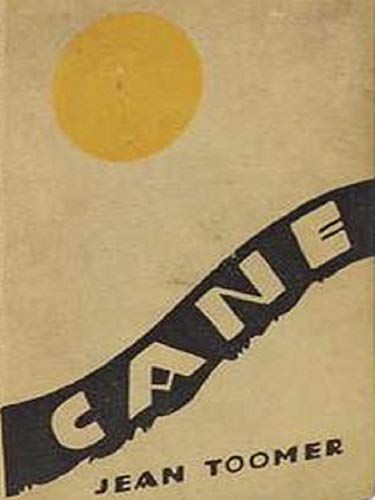
Cane by Jean Toomer, 1923
Cane is considered to be a modernist classic and is written as a series of vignettes connected thematically. The vignettes are in the form of prose, poetry and play like passages of dialogue chronicling the origins and experiences of African Americans. The novel has been eulogized for its unique style and has influenced the works of several later writers.
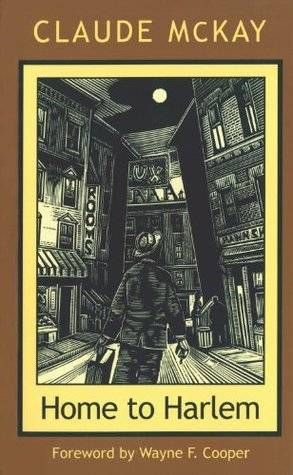
Home to Harlem by Claude McKay, 1928
This novel by Claude McKay was popular with readers in its time because of its sensual description of Harlem’s nightlife. The book tells the story of Jake, a young African American soldier during the first world war. Disillusioned by the highly unequal treatment of African American soldiers, he deserts the army. He returns to Harlem, where he develops a political consciousness from conversations with Ray, a Haitian immigrant, finds love and has to face the possibility of being prosecuted for desertion. The novel highlights the injustice faced by African American soldiers who are expected to risk their lives for a country that does not grant them their rights.
The Walls of Jericho by Rudolph Fisher, 1928
The Walls of Jericho by Rudolph Fisher is a humorous satire about class and color prejudice among the African American community in New York City. The novel ultimately reminds the African American community what they can achieve if they stand united, overcoming the mutual distrust fostered by centuries of oppression.
The Blacker the Berry by Wallace Thurman, 1929
Wallace Thurman’s The Blacker the Berry is the first novel where color prejudices among African Americans, which had the worst effect on very dark-skinned women, takes the center stage. It is now recognized as a classic, and is praised for its layered descriptions of color prejudice in urban America.
Passing by Nella Larsen, 1929
One of two novels written by Nella Larsen, the title of the book is derived from the protagonist’s attempts to pass as white, which ultimately leads to tragedy. The novel deals with the struggles and frustrations of two women who were childhood friends. For the skillful depiction of the complexities of gender, race and sexuality, this novel has earned a permanent place as a landmark achievement in African American and feminist literary history.
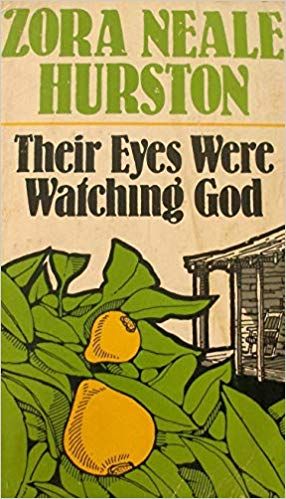
Their Eyes were Watching God by Zora Neale Hurston, 1937
Published when the Harlem Renaissance was over, this book is still considered a product of the movement. Written by the enigmatic Zora Neale Hurston, this book has been established as a classic, though it was not received favorably by other Harlem writers. This novel, now widely regarded as part of the African American, magic realist and women’s literature canons, is a must read – especially for the unforgettable protagonist Janie Crawford.
Native Son by Richard Wright, 1940
After the fertile ’20s and a period of relative unproductivity when America was gripped by the Great Depression in the ’30s, African American writers embraced literary naturalism and realism to investigate the socio-political roots of racism and eschew sentimentality and political conservatism. Native Son by Richard Wright is one of the earliest examples of this trend – it is a story that illustrates how the lives of African Americans are shaped by the social structures imposed by the oppressive majority. The novel received critical and unprecedented commercial acclaim, despite being what was called a “protest novel”, and has influenced several writers after Wright.
The Street by Ann Petry, 1946
The Street by Ann Petry is set in World War II Harlem. It chronicles the struggles of a working single mother trying to secure the American Dream for her son in a society that is racist, sexist and classist, following the tenets advocated by Benjamin Franklin. The story is a poignant exploration of how hollow the American promise of equality and advancement was for a single African American woman. The Street was the first book by an African American woman to sell a million copies.
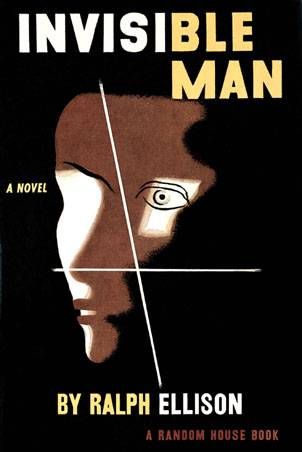
Invisible Man by Ralph Ellison, 1952
Invisible Man is a literary masterpiece. It won the National Book Award in 1953. An epic tale and a bildungsroman, it explores the interplay of various contemporary philosophical and political movements, including socialism, Freudianism, and Black nationalism, with the African American experience.

Giovanni’s Room by James Baldwin, 1956
Giovanni’s Room by James Baldwin is the first African American novel to treat homosexuality and bisexuality openly. It is an important work since, with its empathetic and artistic treatment that acknowledges the complexity of its subject matter, it encouraged public discourse about homosexuality and is a seminal achievement in LGBTQ+ literature.
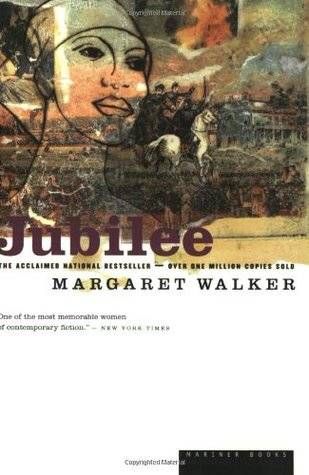
Jubilee by Margaret Walker, 1966
Jubilee was Margaret Walker’s first novel, and also her PhD thesis. It is a historical novel set in Georgia and Alabama in the mid to late 19th century. The story is based on the life of Walker’s great grandmother. The novel follows Vyry Brown, born into slavery in Georgia, from early childhood to adult life. This novel is credited for liberating the Southern woman character from racist stereotypes through its portrayal of the indomitable protagonist.
The Man Who Cried I Am by John A. Williams, 1967
The 1960s saw the advent of the Black Arts movement in literature, which focused on solidarity, establishing racial pride, and eschewing Western influences as goals more important for African American artists than individualistic expression. Epitomic of these times, The Man Who Cried I Am is about an African American novelist trying to stay true to his ideals in the face of government prosecution. Several characters in the novel are based on real people, including Richard Wright, Martin Luther King Jr., Malcolm X, and James Baldwin.
The Einstein Intersection by Samuel R. Delany, 1967
In its initial days, science fiction was almost exclusively written by white authors. People of colour only appeared in the form of primitive people, stereotypical villains – communities that the white narrative thought racially inferior provided a template for the alien other that is so essential to popular science fiction tropes – or inconsequential sidekicks and assistants. One of the first African American science fiction writers to be critically and commercially successful, Samuel R. Delany’s popularity was an important step towards diversity in science fiction writing. The Einstein Intersection is one of his earlier works, and won the Nebula Award for Best Novel in 1967.
Yellow Back Radio Broke-Down by Ishmael Reed, 1969
Yellow Back Radio Broke-Down is a satirical take on the classic Western novel. The protagonist is an African American cowboy, and the conflict between a pluralistic African American culture and intolerant white culture is a central theme. A wickedly funny and surrealistic spoof, this novel offers a refreshing change of setting from mainstream African American literature.
The Bluest Eye by Toni Morrison, 1970
The Bluest Eye was the first novel published by the legendary Toni Morrison. The story explores the harrowing effects that white ideals of beauty have on a lonely, unloved African American girl. Written in beautifully poignant language, the novel heralded the arrival of an author who would go on to define American fiction in later years.
The Autobiography of Miss Jane Pittman by Ernest J. Gaines, 1971
Miss Jane Pittman is one of the most iconic female protagonists in American literary history. This historical novel follows Jane from the era of slavery to the Civil Rights movement of the 1960s, through many important historical events. The story is sweeping in scope, highlights how long it took for the economic condition and security of African Americans to really improve after the Civil War, and is a must read for Jane’s courage and dignity in the face of extreme adversities.
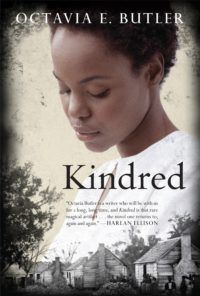
Kindred by Octavia E. Butler, 1979
Octavia Butler was one of the foremost American science fiction writers. Through her science fiction stories she has dealt with complex issues like racism, gender, sexuality and the innate human tendency to gravitate to hierarchical power structures. Kindred was one of her early works, and depicts antebellum America through the point of a 20th century African American woman writer who time travels into the past and meets her enslaved ancestors.
Source : 200 Years of African American Writing: A History of Antiracist Literature
